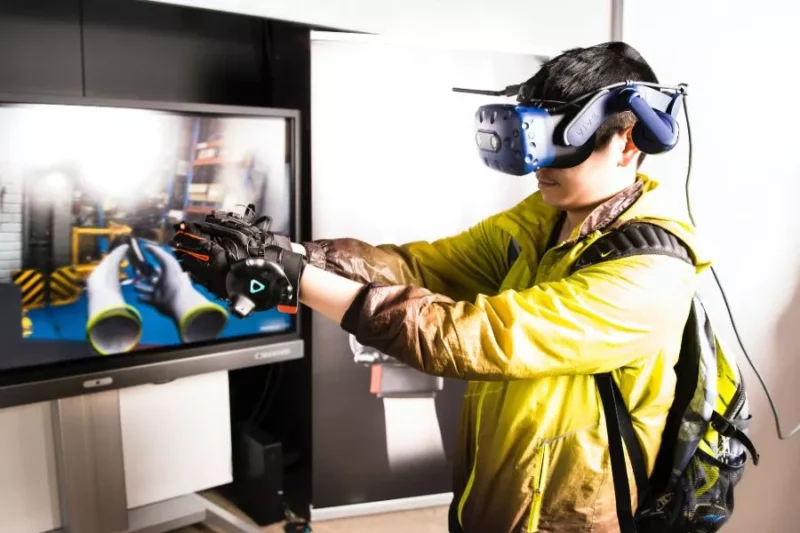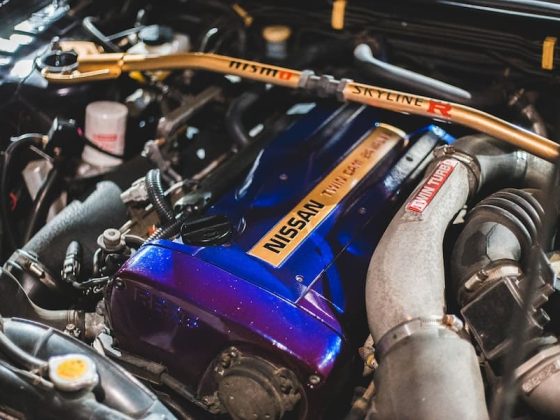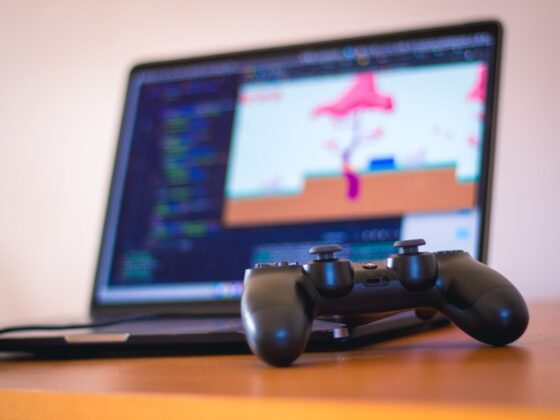Looking to break into the 3D art world? You’ve come to the right place! 3D game art is an exciting and competitive field that enables creative minds to express themselves through art while pushing the boundaries of gaming.
As technology becomes increasingly powerful and more accessible, high levels of realism can be achieved in games with stunning visuals. Though a complex area, learning 3D game art has become easier than ever thanks to a host of helpful resources and modern technologies which makes creating great 3D assets faster than before.
This article will provide an introduction to game art 3d by Moonmana; from basic terminology and tips on how to create assets for your games, to exploring different rendering techniques used by professionals. With this comprehensive guide at your fingertips, you will soon be creating immersive worlds with captivating visuals!
What Software Is Typically Used To Create 3d Game Art?
Creating 3D artwork for video games has become increasingly popular in recent years, as more and more game developers are making use of this powerful form of graphics. But what kind of software do you need to create great 3D art for your games?
There are a wide range of different software solutions that can be used to create 3D game art, so finding the right one can seem daunting at first. However, some particular software packages stand out amongst their peers due to their powerful features and ease of use – they’re the go-to choices for many professionals in this field.
3ds Max
3ds Max is perhaps the most popular 3D modeling and animation software available, making it an essential choice for any budding game developer looking to bring their visions to life. With its vast feature set and intuitive UI, even complete beginners will be able to quickly get up and running with the basics. It also integrates with Unity, giving you direct access to the engine from within the app.
Blender
Another great choice for creating 3D content is Blender – a free, open-source package with an extensive feature set that rivals commercial applications. Although its steep learning curve might make it unsuitable for newcomers, experienced users will love its high performance and wealth of tools & options – not least its dedicated physics engine which allows you to easily simulate realistic environments in your scenes.
Maya
AutoDesk’s Maya is also widely used by professional artists & developers when creating sophisticated high-quality art – thanks largely to its robust toolset which includes tools specifically designed around character rigging & animation tasks (such as inverse kinematics). Additionally, thanks to Maya’s tight integration with Unreal Engine & other well-known middleware suites (e.g HeroEngine), it makes ‘pipeline perfect’ workflows easier than ever before.
Conclusion
Whether you prefer open source or commercial solutions there are plenty of excellent choices when it comes to creating stunning 3d graphics for your games. Whichever option you choose, be sure it offers enough features (and tutorials!) To help you achieve your goals where 3D creation is concerned!
Tips And Techniques For Creating High-Quality 3d Game Art
Are you a game developer looking to create some high-quality 3D game art? If so, then this article is for you! In this article, we’ll look at some tips and techniques for creating beautiful 3D Game Art that stands out from the crowd. Here’s an overview of what we’ll cover:
Create Consistent Lighting
Lighting plays a crucial role in setting the mood in your game and can make all the difference between good visuals and stunning visuals. Good lighting will also help with visual clarity and improve the overall aesthetic of your game. To ensure consistent lighting throughout your game, use a directional light source with ambient occlusion—these two elements will create realistic shadows that blend into each other.
Keep it Simple
When it comes to 3D game art, less is always more. Complexity should be kept to a minimum as too much detail can make your project look messy and overwhelming. Feel free to experiment but be mindful of how much detail you add as people playing your game don’t want their eyes searching around trying to find something they didn’t expect or understand. Instead keep things simple, straightforward and organized.









